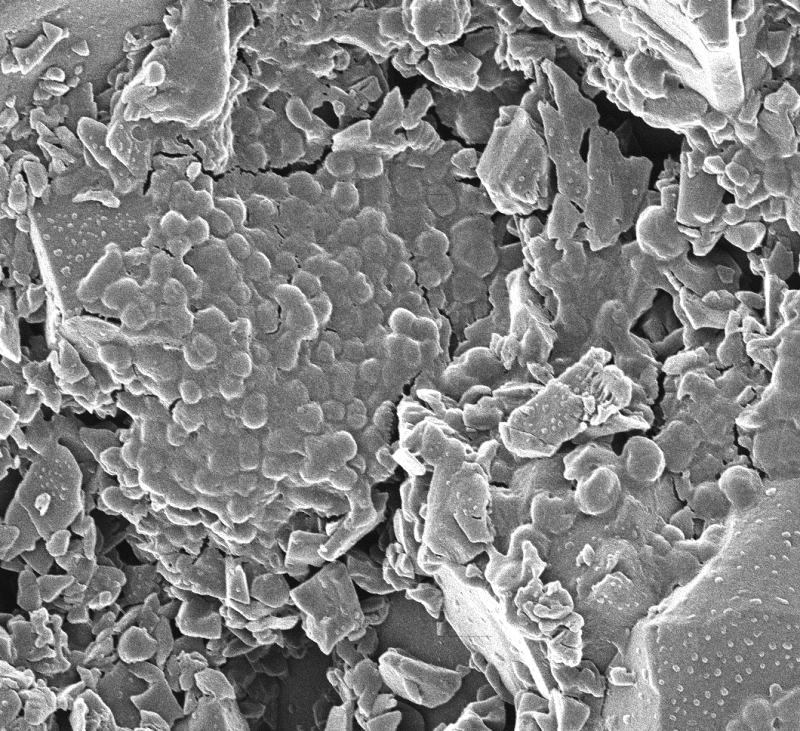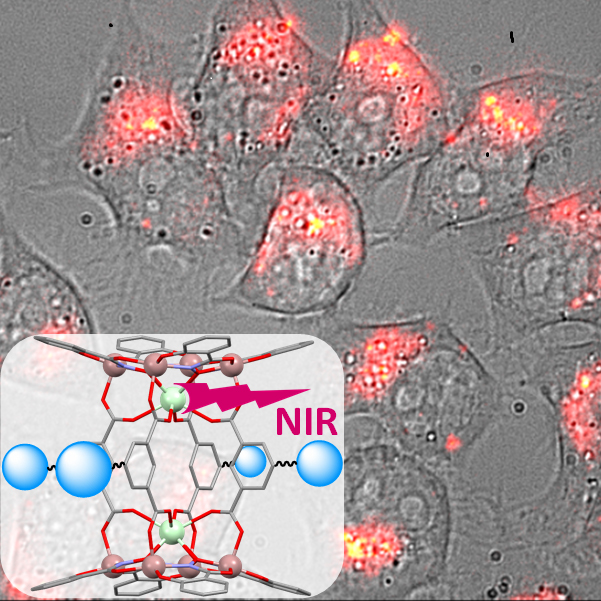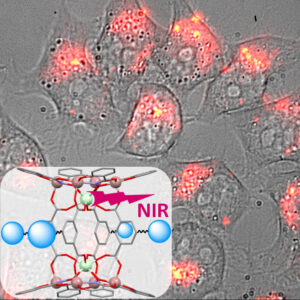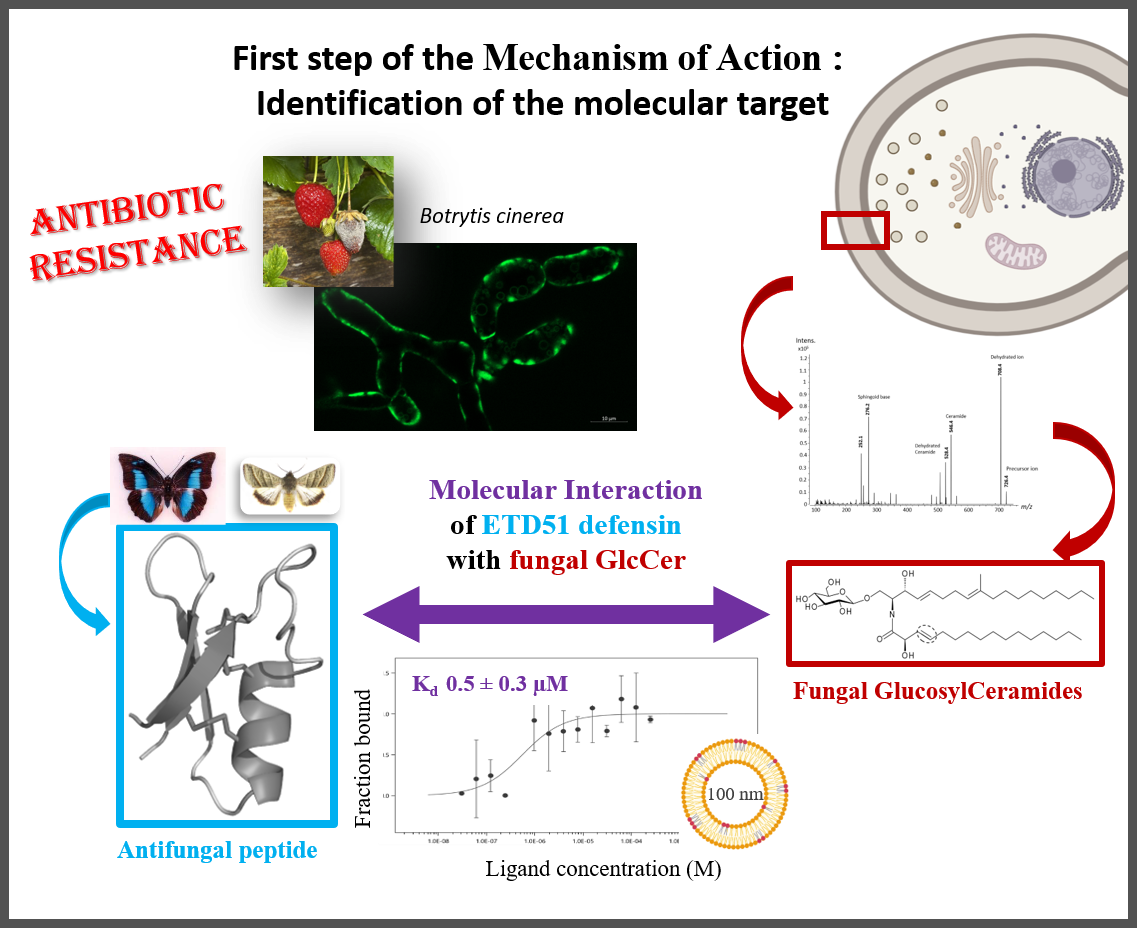Messenger RNA (mRNA) has emerged as an attractive new technology of drugs. The efficacy of mRNA technology depends on both the efficiency of mRNA delivery and translation. Untranslated regions (UTRs) and the poly(A) tail play a crucial role in regulating mRNA intracellular kinetics. Intending to improve the therapeutic potential of synthetic mRNA, CBM researchers evaluated various UTRs and tail designs, using Pfizer-BioNTech COVID-19 vaccine sequences as a reference. First, they screened six 5’ UTRs (capdependent/independent), evaluated nine 5’ UTR-3’ UTR combinations, and a novel heterologous A/G tail in cell models, and in vivo using luciferase as a reporter gene.
Then, to decipher the translation mechanism of selected UTRs, they correlated mRNA expression with ribosome load, mRNA half-life, mRNA immunogenicity, and UTR structures. Results showed that the heterologous tail they introduced is as potent as the Pfizer-BioNTech tail and confirmed the high potency of the human α-globin 5’ UTR.
They also revealed the potential of the VP6 and SOD 3’ UTRs. Researchers validated their results using mRNA encoding the SARS-CoV-2 spike protein formulated as lipid nanoparticles (LNPs) for mouse immunization. Overall, the selected 3’ UTRs and heterologous A/G tail have great potential as new elements for therapeutic mRNA design.
These results open up new prospects for mRNA therapies. While improvements are still needed to achieve higher expression than existing strategies, this strategy contributes to improving mRNA therapies.
These results are linked to a patent
These major advances were reported by CNRS Chemistry in its scientific news.
Reference:
Evaluation of synthetic mRNA with selected UTR sequences and alternative Poly(A) tail, in vitro and in vivo.
Medjmedj A, Genon H, Hezili D, Ngalle Loth A, Clemençon R , Guimpied C, Mollet L, Bigot A, Wien F, Hamacek J, Chapat C & Perche F
Molecular Therapy Nucleic Acids 2025. DOI: 10.1016/j.omtn.2025.102648









